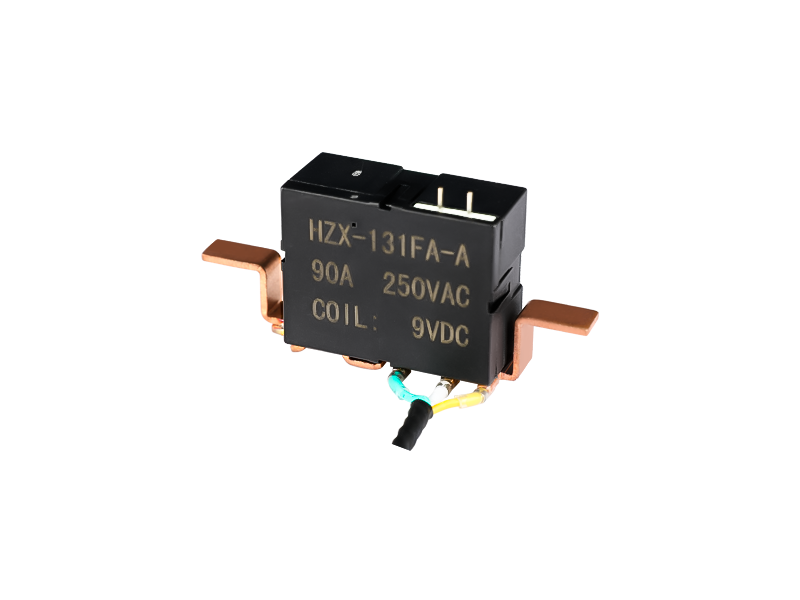The
latching relay is a type of electrical switch. It has input and output terminals and is applicable for circuit control and single or multiple control signals. There are two types of latching relays - magnetic and static. Read on to learn about each type and how it works. When used in an industrial setting, the latching relay allows the consumer to control the circuit. It is most commonly used in machine tools and automated equipment. To use a latching relay, you must first understand its basic functionality and operation.
A latching relay is very similar to a two-position toggle switch. Toggling the switch to the desired position physically pushes the handle and holds it there until it is moved to the other position. However, with a latching relay, the switch is set to one position and remains there until reset. To use a latching relay, follow the schematic wiring diagram to learn how it works. A latching relay circuit uses a magnetic field to control an armature that can turn one circuit on and off.
A magnetic latching relay relies on the strength of the magnetic field to hold the contacts in place. This is useful in many applications, such as packaging machinery. The magnetic field within the coils ensures that the contacts will remain locked in their position until the power cycle repeats. This type of relay is also compatible with push buttons and momentary switches. A latching relay can be used in a number of ways to control a system.
Unlike electromagnetic relays, a latching relay does not have directional capabilities and requires two control signals to operate. This means that you can control more bulbs with one latching relay than with a three-way switch. Latching relays are popular in corridors, stairwells, and large rooms. They are also convenient to install and use, as they can be easily mounted onto a PCB. Its size is another factor that makes them so versatile.
The latching relay works by letting an electrical current pass through a magnetic strip between two coils. The coils produce a magnetic field that pushes a magnetic strip suspended between the coils. When the circuit current passes through the switch, a magnetic pulse in the opposite direction pushes the switch into the desired position. When the current stops, the strip stays in its last position. This means that it works best in circuits with a common point to the source.

-
- 90A switching capability
- Very minimal power consumption from the coil
- 9mm creepage distance
- 4KV dielectrics strength coil to contact
- In accordance with IEC62055-31:UC2
- Outline dimensions:(36*30*16.5)mm
- CE,CQC compliant
- RoHS,UL compliant








